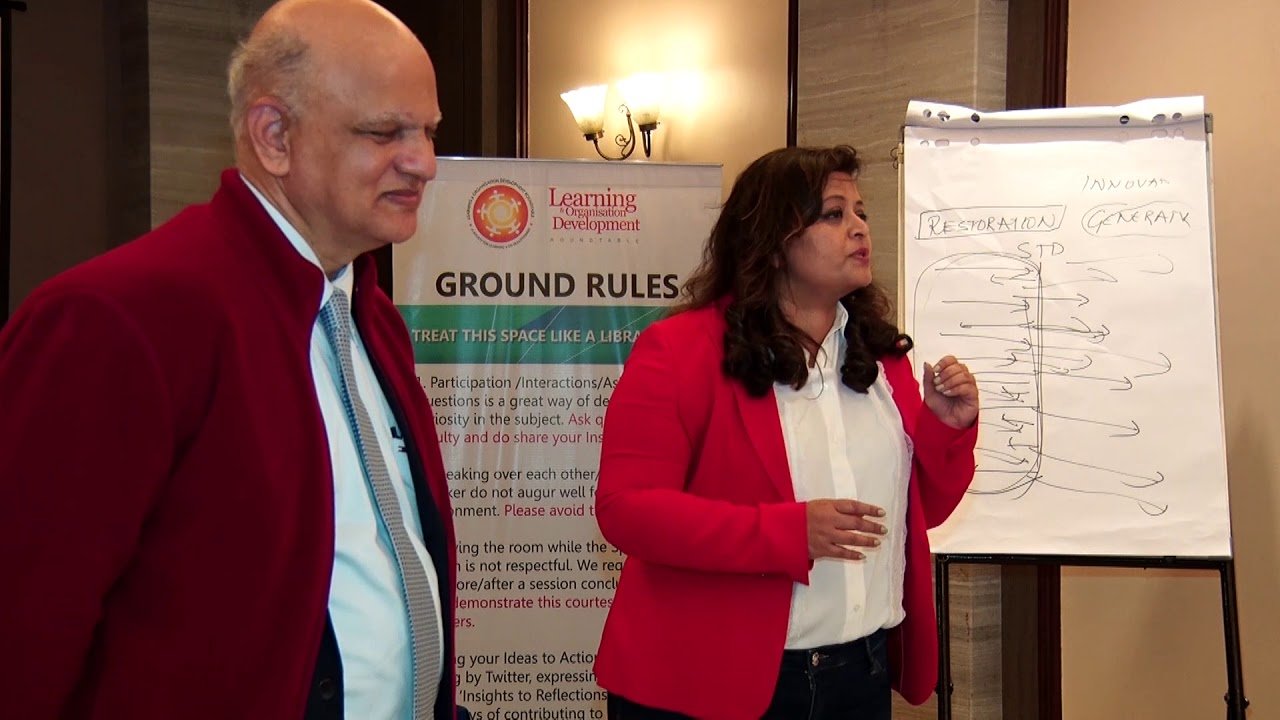As the command-and-control style of management from the industrial era becomes less and less viable, and new technologies and changes impact how companies create value, the top-down model of Leadership has clearly become out dated. The context for Leadership communication has clearly undergone a shift from Corporate Communication to Leadership Conversations.
Macro-economic shift – the past decade in particular has seen a snapshot of incidents that reinforce the turbulent unpredictable time we exist in – the financial meltdown and the ensuing impact across the world, Arab spring (2010/2011), Brexit, the US presidential elections and Candidates -all reek of the most unpredictable, unexpected incidents no one could have fore seen. Increased customer demands, disruptions caused by competition from new geographies, combined with technology and business model disruptions have all created a world where the future is no more a linear extension of the past.
Organizational Change – Organizational structures are becoming flatter as tall structure mean more tedious communication. Also, in the knowledge era -whether the top management teams want to accept this or not- the hierarchy has imploded!
There is nothing to say that knowledge resides only at the top of the organization. Those who engage their front-line staff and empower them are more likely to win in this environment.
Demographic Changes– As the Millennials and other younger workers invade the workplace, they expect more clarity, more top -down and bottoms -up communication and lesser power distances to contribute effectively.
Technological– Digital networks and instant connectivity have been great disruptors and have positively impacted connectivity, speed, need to know and the need to build Smart organization where information sharing leads to greater Agility!
Overall, these are Paradoxical times with many conflicting messages and confusions that arise out of our Either/Or thinking and education. These are and/ Also times that require and/Also Thinking- there is therefore a greater onus on Leaders to provide clarity. Also, with uncertainly increasing the rate of Failure is bound to increase. Leaders need to be in touch constantly to help employees navigate ‘Praiseworthy’ and ‘Blame – worthy’ mistakes – have the ability to make an astute distinction between the two -and enable High Performance and Innovation.
The Occupational Intimacy Space
Particularly for Leaders it is important to know that only they themselves occupy the space of Occupational Intimacy for their teams. Only they can help make meaning, clarify, or inspire their teams. Physical proximity between Leaders and employees isn’t always feasible but mental or emotional proximity is always essential.
Conversations- especially the difficult ones are always left for another day. The Underperformance Conversations, the Behavioral Feedback Conversations, the Constructive Conflict Conversations, the Career Conversations have a way to move form the back Burner to the Deep Freeze easily.
When the stakes are great, and emotions run high- these are the Tough Conversations most Leaders avoid. Some part of this is to do with face saving – inability to take the risks to jeopardize relationships, stress the other and also the fear of demotivating the employee instead of improving performance.
Conversations must gain Trust– Most difficult conversation generate cortisol the stress hormone because there is inability to be direct, support perception with a fact and most importantly speak of the ‘impact’ of behavior.
Listening, being authentic, direct, solution oriented and genuinely interested in resolving issues can generate Oxytocin in the Brain instead – the trust hormone.
Conversation no matter how difficult can actually generate Trust in the relationship and the skilled in Conversations Leader knows how to use these conversations well.
Leadership Conversations are opportunities
- to connect emotionally to understand and empathize
- these are opportunities for the Leader to influence through Listening- which is a strong Influencing style
- find common ground/ get the employee to see both on the same side
- is an opportunity to get the employee to connect with the larger picture
- an opportunity to connect with the Leader’s Intentionality
- Leadership Conversations are the most powerful ways of navigating and influencing the Change Agenda within organizations. Leaders must proactively get engaged in focusing, shaping, and influencing the organization’s communication through the spoken aspects of Conversations.
Because Conversations are a highly flexible, interactive, and iterative form of communication, employees can ask, clarify question, deepen certain aspects, and explore the larger context of a specific issue. Compared to written communication formats, Leaders can create shared experiences through face-to-face Conversations.



